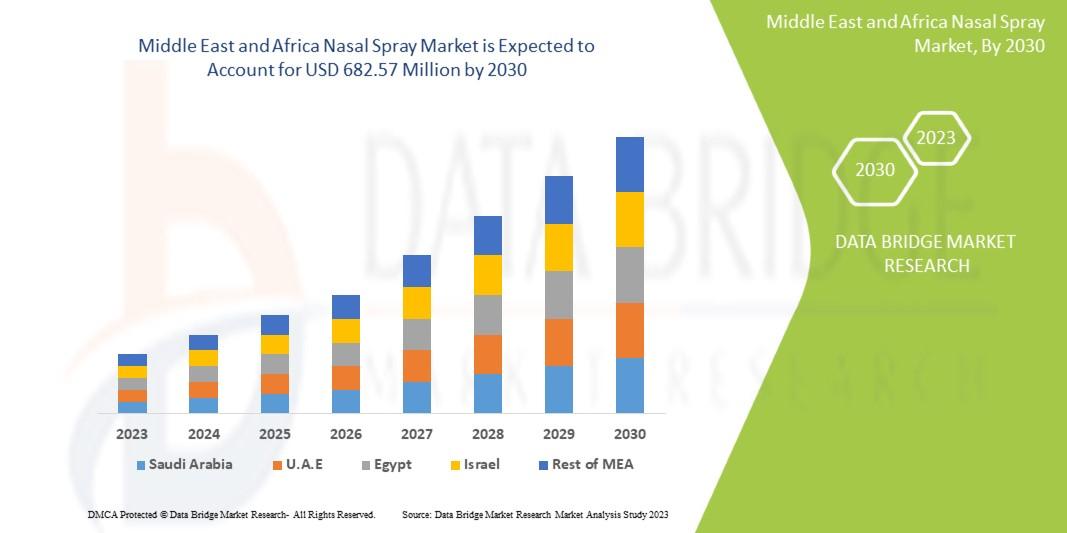Tornado Activity in 2025: A Year of Unprecedented Severe Weather
The year 2025 has proven to be one of the most active and devastating tornado seasons in recent memory, with severe weather patterns reshaping our understanding of storm intensity and frequency across the United States and globally. As meteorologists continue to analyze the unprecedented weather events that have characterized this year, several key patterns and significant outbreaks have emerged that demand our attention.
The Scale of 2025's Tornado Activity
The 2025 tornado season has been marked by exceptional activity, with multiple major outbreaks occurring throughout the spring and early summer months. According to recent meteorological data, the year has witnessed an unusually high frequency of tornado events, with several multi-day outbreak sequences that have caused widespread damage and loss of life across the American Midwest and South.
The season's intensity became evident early, with significant tornado activity beginning in March and continuing through the traditional peak months of April and May. What has made 2025 particularly noteworthy is not just the number of tornadoes, but their intensity and the geographic spread of severe weather events.
Major Outbreak Events
The April 2-7 Tornado Outbreak and Flooding Event
One of the most significant weather events of 2025 occurred during the first week of April, when a slow-moving weather system and stationary front created both widespread tornado activity and historic flooding across the Southern and Midwestern United States. This multi-day event demonstrated the complex relationship between different types of severe weather phenomena and their compound effects on affected communities.
The Storm Prediction Center began monitoring this system well in advance, issuing multiple high-risk outlooks as the situation developed. The outbreak was characterized by its persistence, with tornado activity occurring over several consecutive days rather than being confined to a single 24-hour period. This extended duration created particular challenges for emergency management officials and highlighted the importance of sustained preparedness efforts.
March Mid-Month Tornado Surge
The middle of March 2025 saw another significant tornado event, with more than 100 tornadoes reported across multiple states on March 14 and 15 alone. This outbreak followed an atmospheric river event that had initially brought heavy rainfall and mudslides to Southern California before moving eastward and interacting with favorable atmospheric conditions over the Great Plains.
The rapid transition from flooding conditions in the West to tornado-producing supercells in the central United States illustrated the dynamic nature of the atmospheric pattern that dominated much of the spring season. States including Texas, Oklahoma, and Kansas experienced significant tornado activity during this period, with several communities suffering direct hits from strong tornadoes.
May Tornado Outbreaks
The month of May, traditionally the peak of tornado season, lived up to its reputation in 2025 with multiple violent tornado outbreaks. Particularly notable were the outbreak sequences that occurred on May 15-16 and May 18-20, which featured several strong to violent tornadoes that caused considerable damage and highlighted ongoing challenges in tornado forecasting and preparedness.
The May 18 outbreak, in particular, demonstrated the complex meteorological conditions that can produce significant tornado events. Large-scale atmospheric patterns featured a substantial trough over the Rocky Mountains with a strong shortwave trough embedded near the Kansas-Colorado border, creating ideal conditions for supercell development and tornado formation.
Meteorological Factors and Climate Influences
The exceptional tornado activity of 2025 has occurred against the backdrop of transitioning climate patterns, particularly the fading La Niña conditions that influenced weather patterns through the early part of the year. Meteorologists believe that the transition from La Niña to ENSO-neutral conditions in April played a significant role in shaping the atmospheric patterns that proved conducive to severe weather development.
The interaction between these large-scale climate patterns and regional atmospheric conditions created an environment particularly favorable for tornado development. Traditional tornado-producing regions experienced enhanced activity, while some areas that typically see fewer tornadoes also experienced significant events, illustrating the complex and sometimes unpredictable nature of severe weather patterns.
Geographic Distribution and Impact
The 2025 tornado season has been notable not just for its intensity but also for the geographic distribution of severe weather events. While traditional "Tornado Alley" states continued to experience significant activity, the season has been characterized by a somewhat broader distribution of tornado events across the central and eastern United States.
This geographic spread has created challenges for emergency management systems and highlighted the importance of tornado preparedness across a wider area than might typically be expected. Communities that may not experience tornadoes every year found themselves dealing with significant severe weather events, emphasizing the universal importance of severe weather preparedness.
Global Context and International Activity
While the United States typically experiences the highest concentration of tornado activity globally, 2025 has also seen notable tornado events in other parts of the world. International tornado activity has contributed to a global death toll that includes fatalities in China, Spain, and Brazil, in addition to the significant loss of life in the United States.
This global perspective on tornado activity underscores the worldwide nature of severe weather phenomena and the importance of international cooperation in severe weather research and forecasting. The exchange of meteorological data and forecasting techniques continues to be crucial for improving tornado prediction and public safety measures worldwide.
Technological Advances and Forecasting Challenges
The 2025 tornado season has provided numerous opportunities to test and refine tornado forecasting techniques and warning systems. The complex multi-day outbreak events have particularly challenged traditional forecasting approaches and highlighted areas where continued improvement is needed.
Advanced radar technology and improved computer modeling have continued to enhance tornado detection and tracking capabilities, but the season's events have also revealed ongoing challenges in predicting tornado intensity and path with the precision that would maximize public safety benefits.
Looking Forward: Implications and Preparedness
The tornado activity of 2025 serves as a stark reminder of the power of severe weather and the importance of comprehensive preparedness strategies. The season's events have reinforced several key lessons about tornado safety and community resilience.
Emergency management officials continue to emphasize the importance of having multiple ways to receive weather warnings, maintaining emergency supplies, and knowing how to take appropriate shelter when tornado warnings are issued. The multi-day nature of several 2025 outbreak events has particularly highlighted the importance of sustained vigilance during extended severe weather episodes.
The year's tornado activity also underscores the ongoing importance of severe weather research and the need for continued investment in meteorological infrastructure and forecasting capabilities. As atmospheric patterns continue to evolve, the scientific community's ability to understand and predict severe weather phenomena remains crucial for public safety.
Conclusion
The 2025 tornado season stands as a significant chapter in the history of severe weather in the United States and globally. The year's events have provided valuable insights into tornado behavior and atmospheric dynamics while serving as a sobering reminder of the ongoing threat that severe weather poses to communities across tornado-prone regions.
As the season continues to unfold, meteorologists, emergency managers, and communities continue to learn from each event, working to improve forecasting accuracy, warning dissemination, and public preparedness. The lessons learned from 2025's tornado activity will undoubtedly contribute to enhanced severe weather safety and preparedness for years to come.
The exceptional nature of the 2025 tornado season serves as a powerful reminder that severe weather remains one of nature's most formidable forces, demanding our continued respect, preparation, and scientific study. Through ongoing research, technological advancement, and community preparedness efforts, society continues to work toward minimizing the impact of these powerful atmospheric phenomena on human life and property.








